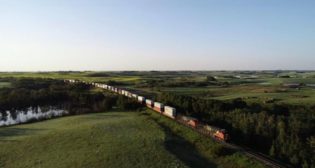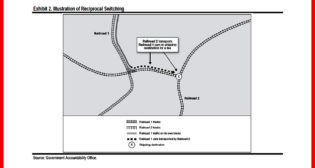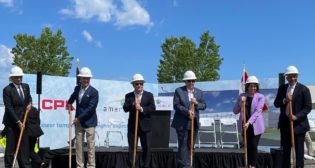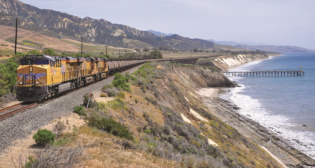
William E. Greenwood, 1938 – 2023
Written by Mark S. Cane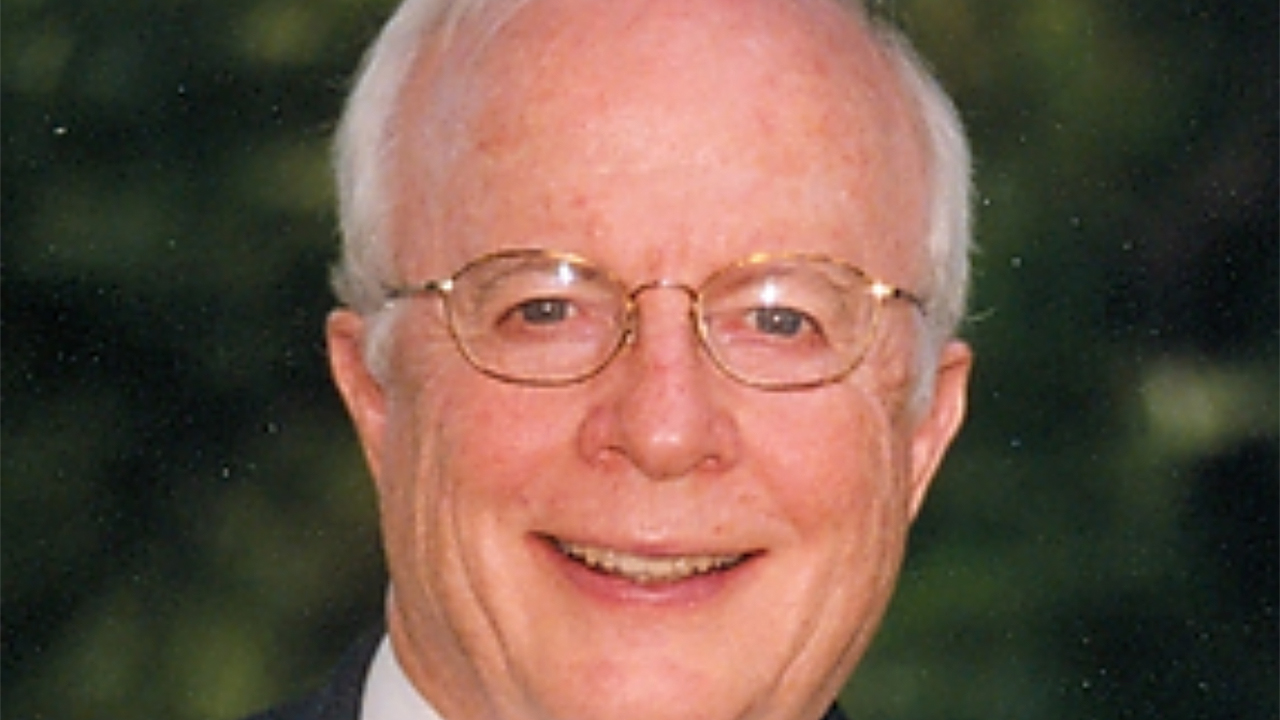
William E. (Bill) Greenwood, a former Burlington Northern executive most associated with the railroad industry leadership he provided for the intermodal business, died on Sept. 22, 2023. He was 85.
Aside from his faith and family, Greenwood’s greatest love was the railroad business. While a student earning a finance degree from Marquette University, he worked summers for the Chicago, Burlington & Quincy (CB&Q), starting in 1956 as a telegrapher and tower operator. After graduation, he worked for the First National Bank of Triumph, Ill., for two years so he could help care for his family after his father died. He then rejoined the CB&Q in 1963 and served in a variety of operating positions: demurrage supervisor, traveling car agent, assistant trainmaster, regional manager freight equipment, and trainmaster based in Chicago, Lincoln, Ill., and Omaha.
Following the 1970 merger of the CB&Q into the Burlington Northern (BN), he progressed rapidly up the corporate ladder. He served as Assistant Superintendent of BN’s Chicago terminal, staff assistant to the Regional AVP Operations in Chicago, Director of Corporate Planning in St. Paul with a prime responsibility for planning BN’s buildup of its Powder River Basin coal business, and Superintendent of the Minneapolis/St. Paul terminal including its new flagship Northtown Yard. He was then was promoted to Superintendent of the Alliance Division while BN was engaged in building its massive coal business infrastructure.
With the advent of partial deregulation of the railroad industry in 1980 under the Staggers Rail Act, BN formed strategic business units to help it take advantage of capabilities to do business in new ways. Greenwood was recruited from Alliance back to St. Paul to lead the new Intermodal Business Unit as Senior AVP Intermodal, running what is historically known as BN’s “Piggyback” and automotive businesses. He was subsequently promoted to VP Intermodal, Senior VP Marketing and Sales in Fort Worth, Executive VP Marketing and Sales, and Chief Operating Officer.
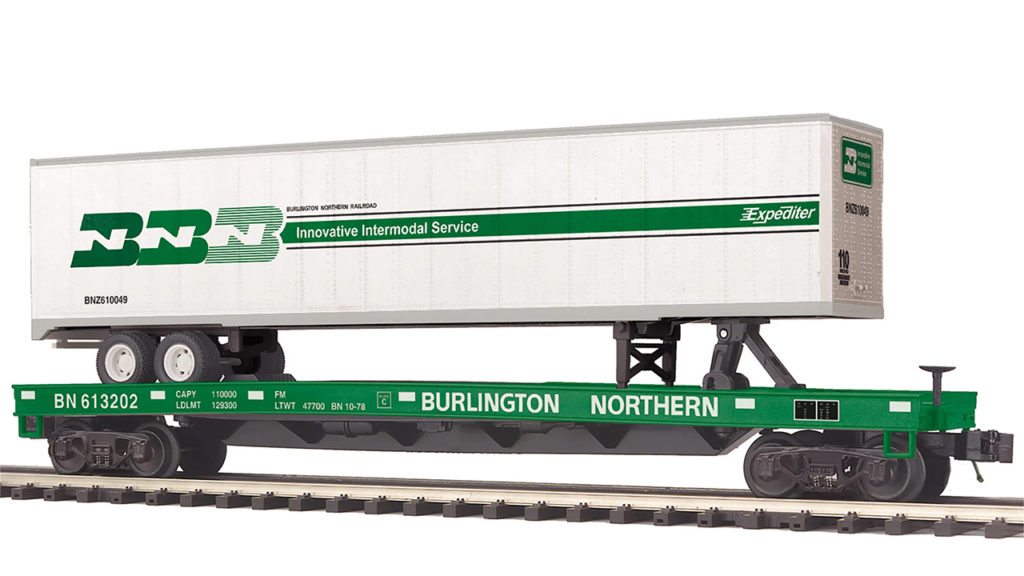
Greenwood was a pioneer in the adoption of participative management in what historically was a command-and-control-oriented railroad industry. He was a champion of exploiting innovation in a newly deregulated industry to dramatically improve employee safety, customer service and financial performance. He is considered a “founding father” of the railroad industry’s intermodal business.
Before and during Greenwood’s early direct involvement, intermodal was an industry afterthought and, in many cases, considered an illegitimate child that faced incredible resistance and obstruction. It has now become a vital pillar of the railroad business and the global supply chain and a key to the prosperity the railroad industry has experienced in the 2000s. His accomplishments as an intermodal pioneer were recognized in 1992 when he was awarded the Silver Kingpin Award by the Intermodal Association of North America. His innovative intermodal business accomplishments and management approach were documented in Chapter 2 of the book The Wisdom of Teams. Among the intermodal innovations Greenwood led and inspired—that transformed BN from being an Intermodal also-ran to the industry leader—are:
- Aggressive, industry pioneering conversion of intermodal terminal operations from numerous circus ramps to mechanized Hub Centers run by former motor carrier executives to marry the best capabilities of rail and truck.
- Comprehensive utilization of dedicated Intermodal trains operating between Hub Centers to provide motor carrier competitive service and eliminate intra-transit cargo damage.
- Use of extensive market research to create customer service packages that would equip BN to offer what it could profitably sell instead of trying to sell what it offered, as the industry had done historically. As such, Greenwood’s BN Intermodal led the industry in the conversion from a traditional “traffic”/business solicitation orientation to implementation of true marketing.
- Utilization of two-person train crews operating short, dedicated trains called Expediters in an extensive network of shorter-haul markets to capture share from motor carriers in markets in which railroads could not previously profitably compete. Success with this venture was critical to the industry-wide adoption of two-person crews for all train operations.
- Aggressive experimentation with new-technology equipment that resulted in the most aggressive early adoption of double-stack technology among railroads.
- Aggressive exploitation of information technology including BN’s first utilization of personal computers, local area network and voicemail technologies and relational data bases.
- Aggressive conversion of domestic trailer shipments to domestic containers with creation of the BN America business. Domestic containerization utilizing double-stack technology became the industry standard envisioned by BN Intermodal and the key to phenomenal growth of intermodal volume and profitability. It was adopted as the standard means of longer-haul transportation by truckload motor carriers, who before the 1990s swore they would never utilize intermodal for line-haul substitution.
The cooperation we have in the trucker/railroad supply chain today is largely due Greenwood’s influence. He led the charge to hire truckers to run BN’s Hub Centers—which was considered heresy in the rail industry at the time—as well as the quest to improve rail intermodal service quality so that TL carriers, not just UPS and LTL carriers, would be compelled to use rail for substitute linehaul service. As I cite in my book, Against all Odds – The History of Burlington Northern Railroad’s Innovative Intermodal Business, Don Schneider told Greenwood the 1980s that there would never be a day a Schneider National shipment went over rail. Don said there “were too many touches.” Greenwood had approached JB Hunt before the Santa Fe about using rail, but BN at the time served markets in which JB Hunt wasn’t interested. However, under his overall leadership, BN later strongly compelled JB Hunt into domestic containerization. I know this because I was running BN’s intermodal business at the time.
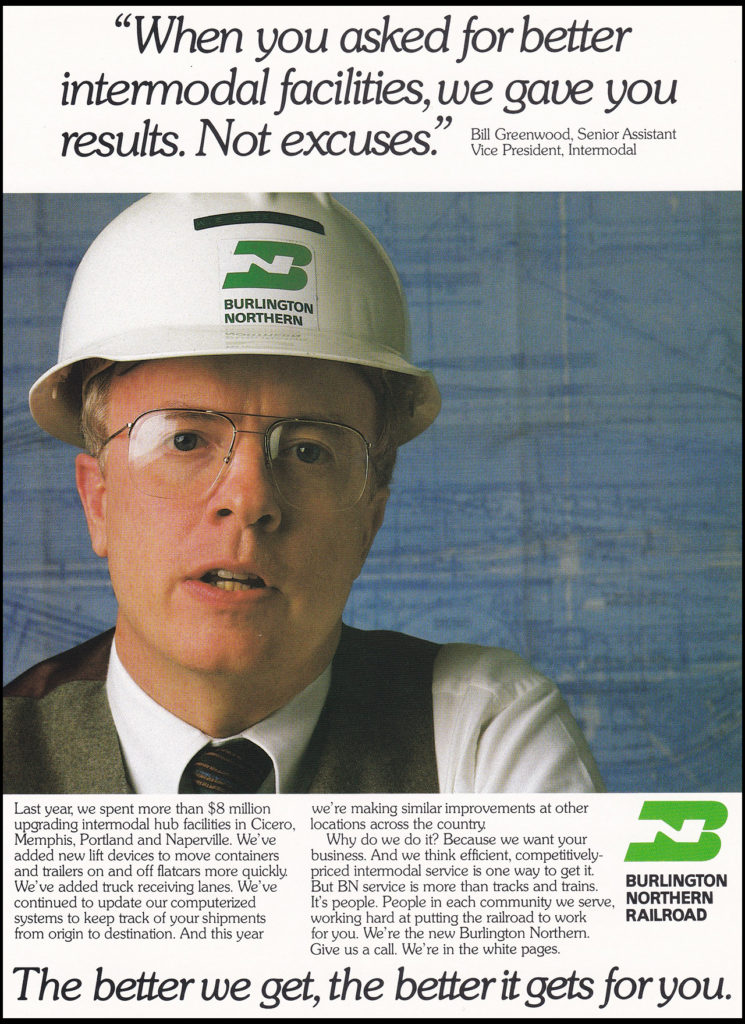
Greenwood’s innovative leadership also resulted in a renaissance for BN’s core grain business. Just as he pioneered the use of motor-carrier-experienced executives in intermodal, he pioneered the use of executives from the grain merchandising industry to lead BN’s grain business. This resulted in innovations like Certificates of Transportation Service (COTS) for which BN grain carrying capacity was offered to the market through open bidding instead of traditional tariffs and contracts. This, combined with innovations such as dedicated unit grain train service for high-capacity, high-productivity elevators and use of the industry’s largest fleet of carrier-controlled, heavier-axle-loading cars, transformed the business from one that was marginally profitable and struggled to justify reinvestment to one that was among the most profitable in BN’s portfolio.
Greenwood was also the driving force for adoption of many of BN’s rail industry leading research and development-driven innovations related to maintenance of track, cars and structures. One of the most prominent of these, which is still paying huge dividends to the railroad industry today, is adoption of AC traction motor technology in freight locomotives, which resulted in disruptive improvements in locomotive productivity and fuel efficiency.
More information related to Greenwood’s influence on these accomplishments, and more, some of which resulted in the award to BN of two coveted rail industry Golden Freight Car awards by Modern Railroads (which Railway Age acquired in 1992) are extensively documented in my book.
After Greenwood left BN in 1994, he provided consulting services through his Zephyr Group. He also served as a shareholder advocate while assisting various corporations including Mark VII Corporation, Transcisco Industries, Remington Oil and Gas Corp. and Dune Energy Inc., as a member of their boards of directors. He also responded to his passion for business education by serving as an adjunct instructor teaching business leadership for Texas Christian University, serving on the Marquette University Business School Advisory Board of Directors and as an active instructing contributor to the Denver University Transportation Institute and the Northwestern University Transportation Center.
“Bill Greenwood acted on his passion for capturing, preserving and propagating railroad history,” said National Railroad Hall of Fame Executive Director Julie King. “He was the singular force for our transition from a local idea in Galesburg, Ill., to an organization with advisors whose geographic reach and industry influence spans the country, and whose professional credentials represent all aspects of the industry. Bill chaired our Rail Advisory Group between 2008 and 2018 and was awarded our Engine of Freedom Medallion.”
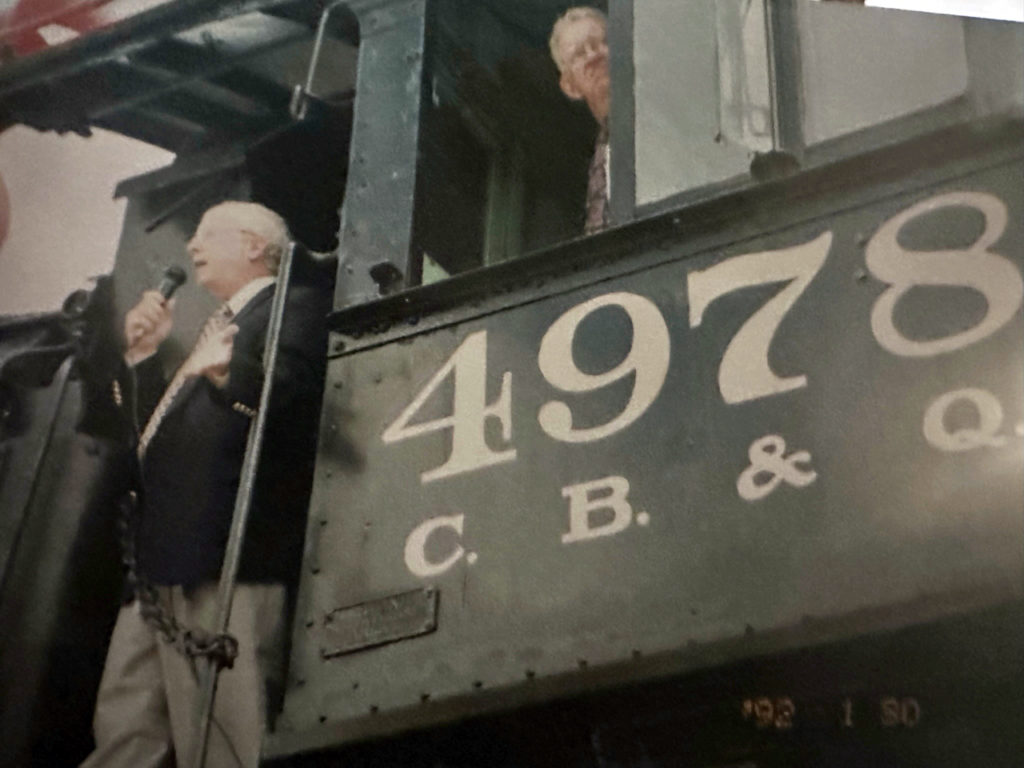
Greenwood also helped found the Mendota (Ill.) Museum & Historical Society and its Union Depot Railroad Museum, for which he served as its first board president for 27 years. He was actively involved with the Lexington Group in Transportation History and established a collection of his railroad archives at the John W. Barriger National Railroad Library.
Bill Greenwood is survived by his wife Falah; children Susan (Del) McCormick, Katherine (Kevin) Oeding, John (Wendy) Greenwood; grandchildren Natalie, Caroline, Nicholas, Will, Mac, Matthew, Katherine and Annaliese; sister Connie Hanley; Falah’s children Charles (BobbyeJo) Crouch, Brad Crouch, Falah Beth Espensen; and Falah’s grandchildren Tristan and Elizabeth. He was preceded in death in 2009 by his first wife, Colleen, whom he married in 1966; his sisters Shirley, Audrey, Mary Lou; and his parents Charles and Dorothy. Family and friends are invited to attend the visitation, which will be held Thursday, Sept. 28 from 5 PM to 8 PM (Rosary at 7 PM) at Lucas Funeral Home, 1601 S. Main St, Keller, Tex. A funeral mass will be held at Friday, Sept. 29 , 11:00 AM at St. Francis of Assisi Catholic Church, 861 Wildwood Lane, Grapevine, Tex. Interment will take place directly after mass at Westlake Cemetery, 3101 J.T. Ottinger Road, Westlake, Tex., followed by a Celebration of Life Reception (location to be announced after mass).
Mark S. Cane worked for BN between 1978 and 1995, most of those years with and for Bill Greenwood. He was a BN assistant trainmaster in Galesburg from 1980-81 and later served as Vice President Intermodal. The National Railroad Hall of Fame offers an extensive interview with Greenwood done in 2020.
